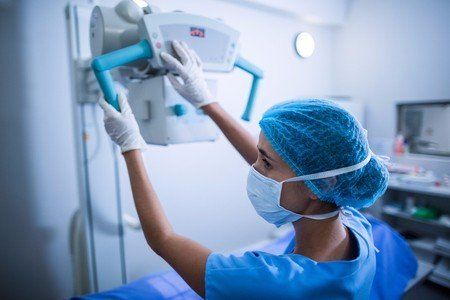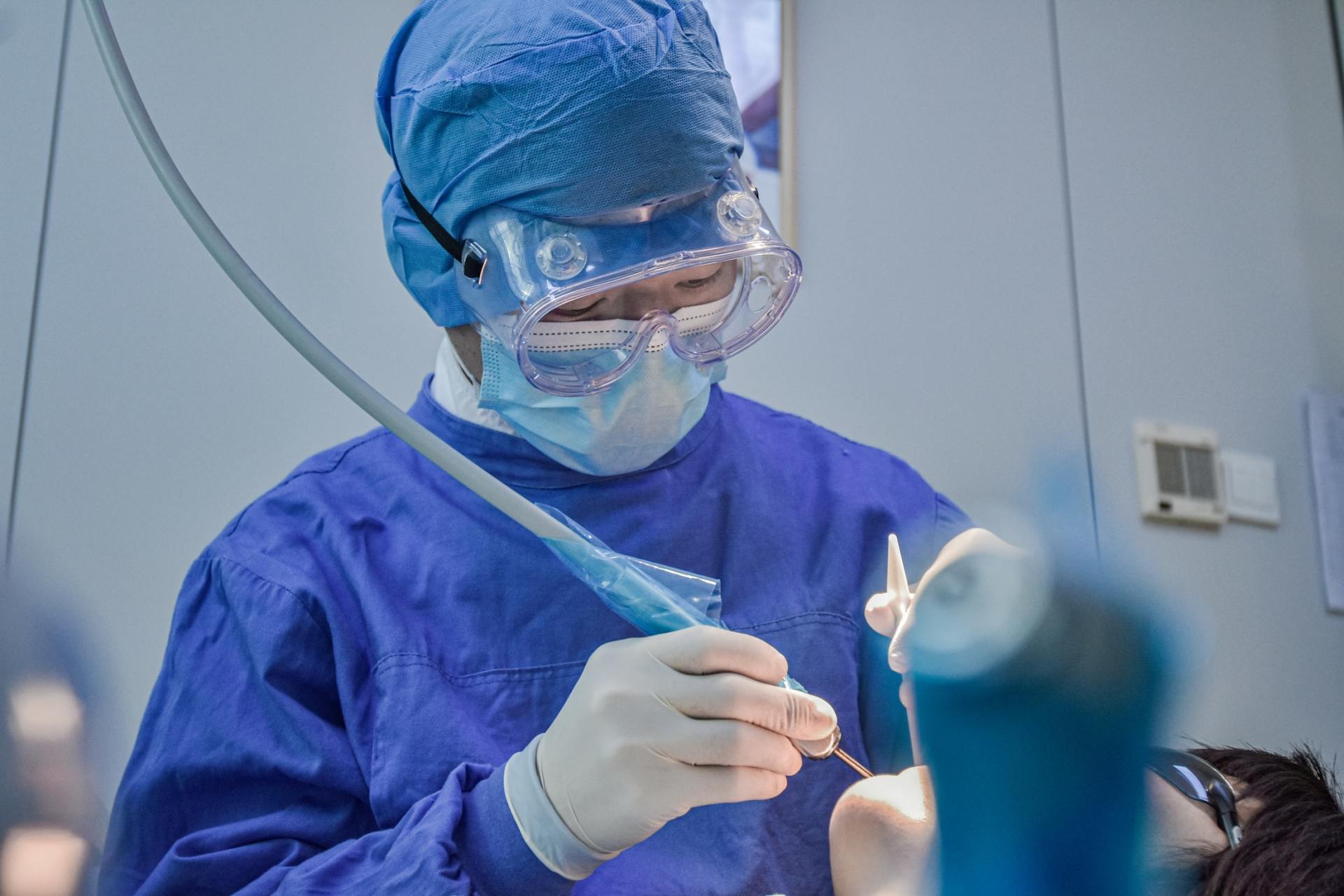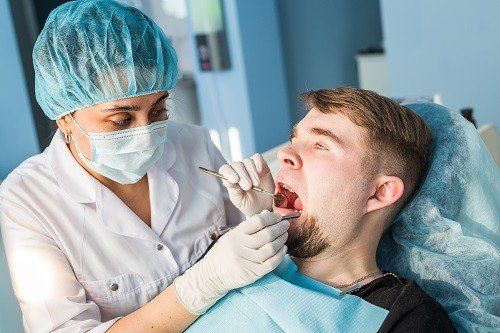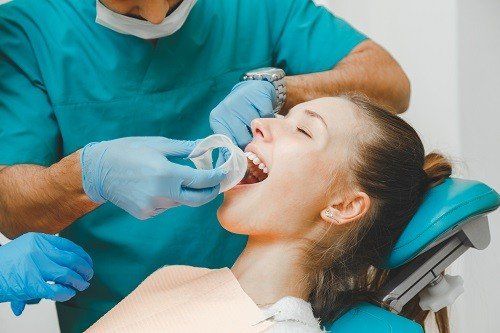X-Rays for Kids
X-rays or radiographs are essential to
patients as well as dentists, and they can help dentists in several ways when
it comes to child dentistry, including seeing how a child’s teeth are coming
in, the size and position of teeth in the gums, if there are extra teeth,
monitoring injuries, determining any infections, preparing for orthodontic
treatment, detecting unobvious problems or bone diseases, and diagnosing
cavities easier.
There is no specific time frame or
standard age for when children should be X-rayed unless there is a concern for
their development and dental health. Each case is different and depends on the
individual and his or her health history.
If a child has several cavities and fillings or is at a higher risk for
tooth decay, the American Academy of Pediatric Dentistry recommends the child
get an X-ray every six months. Dental X-rays are safe and expose children to
minimal radiation. Improvements like lower X-ray dosage, better film, digital
radiography, film holders, lead shields, and regular maintenance have helped
reduce radiation exposure over the years.
Today’s radiation equipment can prevent
unnecessary exposure, especially when all standard safety precautions are
practiced. Dentists can focus X-ray beams on specific parts of the patient’s
mouth, limiting radiation exposure. During these exams, the child should have
on a lead body apron or shield. In the process, make sure the child is covered
from the neck down to the thighs. Covering the neck protects the thyroid gland
while covering the thighs helps protect vital organs. Again, not every child is
required to receive regular X-rays, but they can help prevent future problems.
Here are a few types of X-rays dentists may use for your child:
Bitewing X-rays (Cavity Detecting X-rays)
These X-rays are used to examine areas
between the teeth and show how cavities are forming. These X-rays are needed
after the first permanent (six year) molar has come in.
Periapical X-rays
These radiographs help view crowns and
their roots as well as teeth that are really close to each other. The X-rays can
show the bone structure and allow a dentist to see the child’s permanent teeth
beneath the gums. These exams are also great for finding abscesses or any sign
of gum disease.
Panoramic X-rays
The panoramic X-ray is used to view all
teeth at once. The film shows both the upper and lower jaws, the
temporomandibular joints (TMJs), and the sinuses. It also informs you if the
child’s face has been hurt or if he or she is experiencing orthodontic
problems. For the X-ray, the patient should be able to sit or stand still for a
short period of at least 12-18 seconds.
Occlusal X-rays
This X-ray also helps to view most of the
upper or lower teeth. This is useful in substitute of the panoramic X-ray or
when a patient is struggling with the bitewing or periapical X-ray.
Orthodontic X-ray
These radiographs help view the head from
the side. Dental health professionals use this X-ray to see jaw growth and the
relationship of the bones in the skull. An orthodontist can make a more
accurate diagnosis and develop a better treatment plan with this X-ray.
X-rays can be expensive, so if you are
looking for a way to lower you dental care costs, consider the Wellness Dental
Play. We offer business, individual, and family discount dental plans
to save
you as much as 20 percent off your regular bill. For more information, click
here.
Copyright: wavebreakmediamicro
/ 123RF Stock Photo











